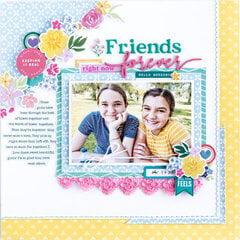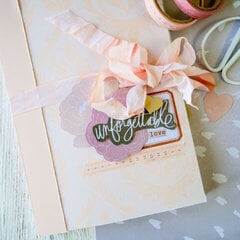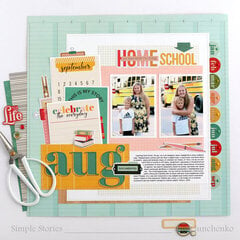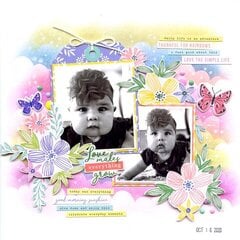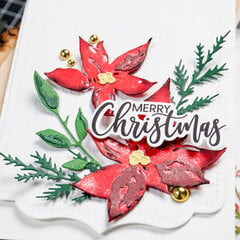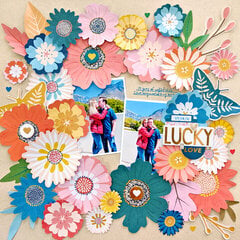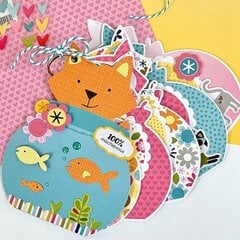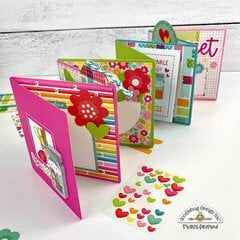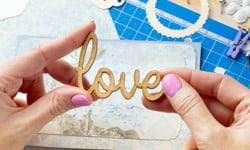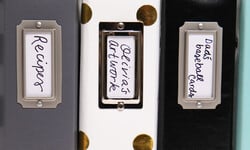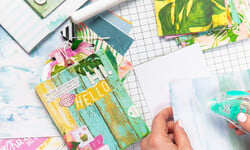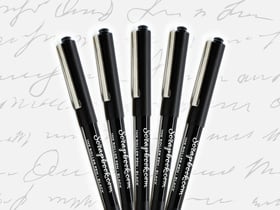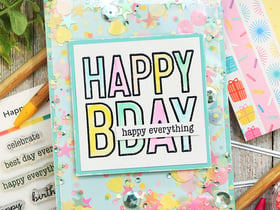So, have you tried Copic markers yet? Have you been frustrated with the results? Chances are it is not your coloring skills but the paper or stamp ink you are using. It is very important when using Copic markers that you choose the right paper and the right stamp ink; otherwise, your results will be less than pleasing. For this article we will look at how to choose the right paper, and in my next article, we will look at choosing stamp ink for your projects.
Choosing the Right Paper
There are several brands of paper on the market that work perfectly with Copic markers. However, you may not have any of those brands on hand, so you will need to test the papers you do have on hand to see if they will work with Copics.
Before beginning, make sure you have scrap paper covering your work surface because the inks will most likely bleed through your paper. That is perfectly fine and is normal but you want to protect your work surface.
To begin:
- Create a 4” x 4” swatch of each paper you want to test. Make sure you label the back of each swatch with the paper manufacturer’s name.
- Use a Copic multi-liner to draw a circle on your paper swatch. If you do not have a Copic multi-liner, use a pencil. Be sure to use one of these because any other pen or marker may give you incorrect results.

- With a light- to medium-colored Copic marker, color in a part of your circle. You can certainly color the whole circle if you like. My circles were kind of large so I did not color in the entire circle. Make sure you color in smooth, even strokes, and right up to the line but not over it.

- Let this dry for 10 minutes or so.
- Come back and look at the edges of your circle. Does the color feather out of the circle or does it stay inside the line where you originally colored? You can see how the Bazzill feathered here. See how thick ink comes over the line? If that happens, you know that you do not want to use this particular paper. This is textured Bazzill cardstock I chose for this sample. I know some people love using the Bazzill smooth cardstock with their Copics. I did not have any on hand to try. If you have some, give it a try!

- Now turn your papers over. What does the back look like? If the color is evenly soaked on the back, you are coloring evenly. For some papers you will not see the ink bleed through the back. Notice you do not see any ink on my Gina K. paper swatch. This just means that the paper is extra thick. If you also look at the photo in Step 3, you will notice the ink on the Gina K. paper is lighter also. It will take more ink on this paper to get it to match the color on the other swatches.

Note: The heavier the paper you use, the more ink it soaks up, and thus you will use ink more quickly. All of the papers I used in this test are of different weights. You will want to try lightweight and heavier-weight papers. I even used the copy paper from my ink jet printer! Try it. You may like it! - Now if you have gone through these steps and find a paper that does not feather and colors smoothly the way you like it, then that is the paper you will want to use! Also, be sure to truly try papers before using them. I have found that papers my friends recommend are not always the papers I personally prefer to use.
As you continue to test papers, you will find you have a preference that you will stick with. My personal favorites are the Copic X-Press It Paper and the Neenah paper. These papers are very smooth, and so nice for coloring. But remember, try them out and see what you like best!
Keeping Your Samples
You will want to keep these samples you create. As you get new paper, try it out and see how you like it. Keep all of your samples in some sort of swatch book. Over time, you may not remember what you have tried and liked or disliked. You can always go back and refer to your book. Here you can see my swatch book. I use an asterisk (*) to note my favorites.

I hope you have fun testing papers. You might be surprised what you have that will work and that you like. Now be sure to check my next article on choosing stamp inks to use with your Copic pens. Have fun testing your papers!
Patter Cross, Copic Certified Designer

